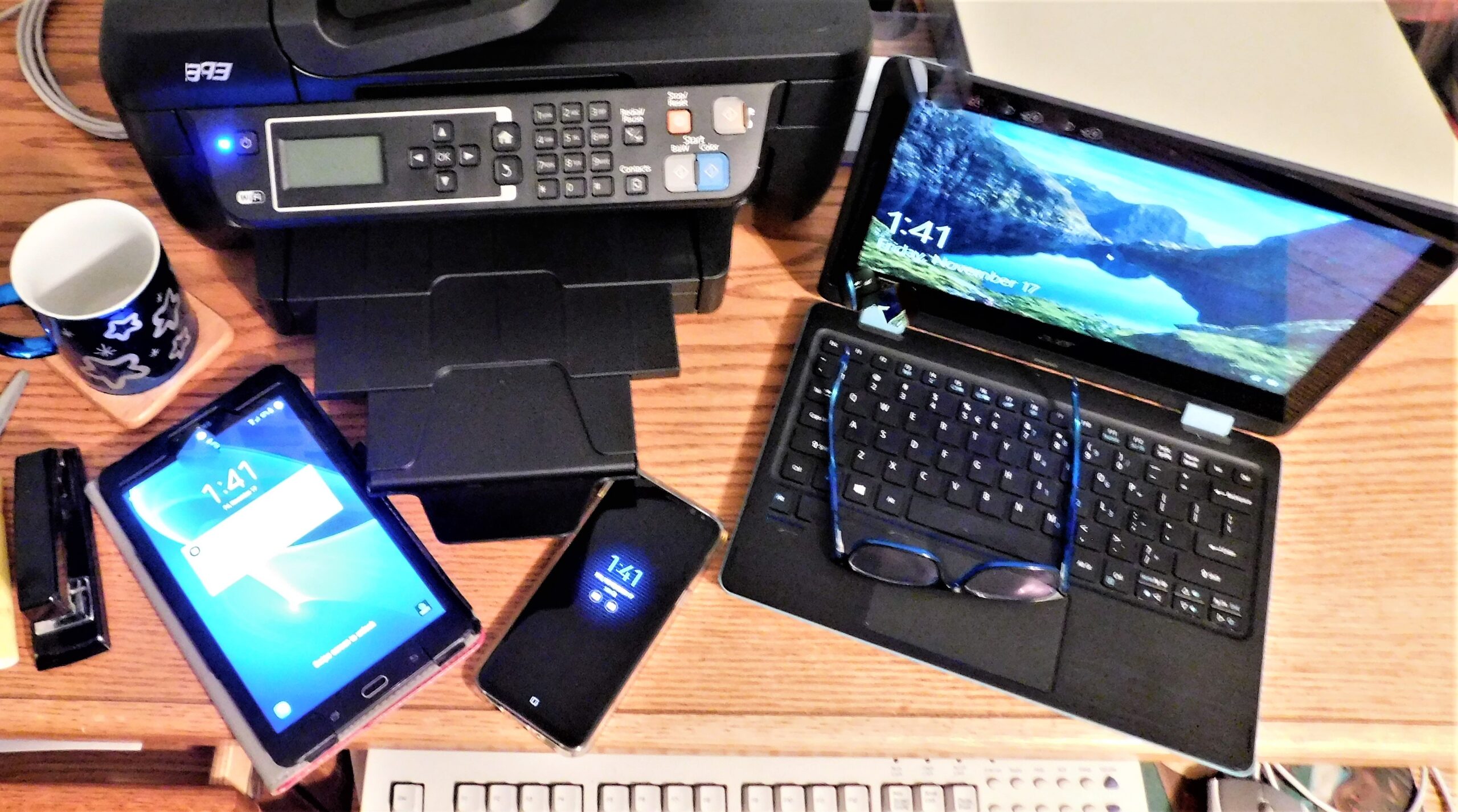Managed Detection & Response
- Home
- Managed Detection & Response
24/7 Threat Monitoring with MDR/XDR
Cyber threats are constantly evolving, and organizations need more than just tools to stay secure—they need expert guidance and rapid response. Managed Detection and Response (MDR) services take cybersecurity to the next level by combining 24/7 monitoring, proactive threat hunting, and expert-led remediation. SOC Analysts are 100% U.S. Citizens.
MDR delivers around-the-clock Managed SOC (Security Operations Center) services that allow you to instantly enhance threat detection and response initiatives for your managed IT environments.
Learn How We Help 500+ Public Entities with Threat Management

What MDR Can Do for You:
- 24/7 Monitoring and Security: Around-the-clock surveillance ensures threats are detected and addressed immediately—day or night.
- Proactive Threat Hunting: Our MDR experts actively seek out hidden vulnerabilities and emerging threats, helping you stay one step ahead of cybercriminals.
- Rapid Incident Response: When a threat is identified, our SOC team quickly isolates and mitigates the issue, minimizing impact and downtime.
- Expert Cybersecurity Team: Gain access to a dedicated team of security professionals who guide you through every incident and continually optimize your security posture.
Why Choose ResoluteGuard’s MDR Services?
- Expert-Led Security: Our MDR team acts as an extension of your IT department, providing the expertise you need without the overhead of hiring in-house specialists.
- Advanced AI Technology: We use machine learning and AI to detect threats faster and more accurately.
- Proactive Vulnerability Management: MDR identifies risks before they can be exploited, ensuring your systems remain secure.
- Scalable and Cost-Effective: Tailor our MDR services to your organization’s size, growth, and evolving needs.


Key Benefits of MDR:
- Always-On Protection: With 24/7 monitoring, you’re never left vulnerable to cyber threats, even outside business hours.
- Faster Incident Response: MDR dramatically reduces response times, containing threats before they spread.
- Regulatory Compliance: MDR helps you meet industry regulations like GDPR, HIPAA, and PCI-DSS with continuous monitoring and reporting.
- Peace of Mind: Let us handle your cybersecurity challenges so you can focus on driving your business forward.
What Happens Without MDR?
Missed Threats
Cyberattacks can go undetected for weeks or months, causing significant damage.
Non-Compliance
Many industries require 24/7 monitoring—failure to comply could result in fines and penalties.
Prolonged Downtime
Lack of expert response can lead to extended recovery times and operational disruptions.
Core Components of Endpoint Security for Public Entities
Endpoint Detection and Response (EDR)
- What It Is: EDR solutions monitor endpoint activity, detect threats in real-time, and provide tools for response and remediation.
- Best Practices: Deploy EDR software on all endpoints, including servers, desktops, laptops, and mobile devices. Use solutions that offer threat hunting, behavioral analysis, and automated response capabilities.
Multi-Factor Authentication (MFA)
- What It Is: Requires users to provide two or more verification factors to access endpoints or systems.
- Best Practices: Implement MFA for all endpoint logins, especially for administrative accounts. Use biometrics, hardware tokens, or app-based authenticators for added security.
Endpoint Encryption
- What It Is: Encrypts data stored on endpoints to prevent unauthorized access.
- Best Practices: Enforce full-disk encryption on all laptops, desktops, and mobile devices. Use encryption for data in transit, particularly over public or unsecured networks.
Secure Endpoint Configuration
- What It Is: Establishing baseline security settings for all endpoints.
- Best Practices: Disable unnecessary services and ports.
- Enforce policies for secure passwords, system updates, and application use.
- Use configuration management tools to standardize and monitor endpoint settings.
Mobile Device Management (MDM)
- What It Is: MDM solutions help secure and manage mobile devices accessing public entity networks.
- Best Practices:
- Enforce device-level security policies, such as password protection and remote wipe capabilities.
- Restrict access to sensitive data based on device compliance.
Anti-Malware and Next-Generation Antivirus (NGAV)
- What It Is: Software that identifies and removes malicious programs from endpoints.
- Best Practices: Deploy NGAV solutions that use AI and behavioral analysis to detect unknown threats. Regularly update definitions and conduct full-system scans.
Endpoint Backup and Recovery
- What It Is: Regularly backing up endpoint data to ensure quick recovery after an incident.
- Best Practices: Automate backups for all endpoints.
- Store backups securely, using encryption and access controls.
- Test recovery processes periodically to ensure they work effectively.
Key Strategies for Strengthening Endpoint Security
Implement a Zero Trust Architecture
- Why It’s Important:
- Assumes no endpoint or user is trustworthy by default.
- How to Do It:
- Require authentication and authorization for every access request.
- Continuously monitor endpoint behavior to detect anomalies.
Patch Management
- Why It’s Important:
- Unpatched vulnerabilities are a common entry point for attackers.
- How to Do It:
- Automate patch deployment for operating systems, applications, and firmware.
- Prioritize critical updates and address high-risk vulnerabilities promptly.
Network Segmentation
- Why It’s Important:
- Limits the spread of attacks by isolating compromised endpoints.
- How to Do It:
- Divide networks into smaller segments and restrict communication between them.
- Use firewalls and access controls to secure endpoints within each segment.
Secure Remote Access
- Why It’s Important:
- Remote work and services expose endpoints to additional risks.
- How to Do It:
- Use VPNs or secure gateways for remote connections.
- Enforce time-based or conditional access policies for remote users.
Employee Training & Awareness
- Why It’s Important:
- Human error is a leading cause of endpoint breaches.
- How to Do It:
- Train employees to recognize phishing attempts and avoid unsafe practices.
- Conduct regular simulations to reinforce secure endpoint usage.
Monitor and Log Endpoint Activity
- Why It’s Important:
- Provides visibility into endpoint behavior and helps detect suspicious activities.
- How to Do It:
- Use centralized logging tools to collect and analyze endpoint data.
- Correlate logs with other security systems to identify potential threats.
Secure IoT Devices
- Why It’s Important:
- IoT devices in smart city applications are often less secure than traditional endpoints.
- How to Do It:
- Change default credentials and use strong authentication methods.
- Update firmware regularly and disable unnecessary features.

Tools and Technologies for Endpoint Security
- Endpoint Protection Platforms (EPP): Provide integrated antivirus, anti-malware, and firewall capabilities.
- EDR Solutions: Detect and respond to advanced threats with real-time monitoring and analytics.
- Mobile Threat Defense (MTD): Protects against threats targeting mobile devices.
- 4Patch Management Tools: Automate and manage software updates across endpoints.
- Security Information and Event Management (SIEM): Centralizes log management and correlates endpoint data with other security systems.
Challenges in Endpoint Security for Public Entities
- Resource Constraints: Limited budgets and IT staff can hinder comprehensive endpoint security.
- Legacy Systems: Older systems may lack modern security features or compatibility with updated tools.
- Decentralized Networks: Managing endpoints across multiple locations and departments can be complex.
- Regulatory Compliance: Navigating overlapping state, federal, and industry regulations adds complexity.


Measuring Endpoint Security Effectiveness
- Incident Reduction: Monitor the decrease in endpoint-related incidents over time.
- Patch Compliance Rates: Track the percentage of endpoints with up-to-date patches.
- User Training Metrics: Assess employee performance in endpoint security training and simulations.
- Endpoint Health Reports: Use dashboards to track endpoint compliance with security policies.
Get Started and Learn More Today

Email a Specialist
Speak with a ResoluteGuard specialist to learn how you can improve your cybersecurity posture.

Schedule a Demo
Learn in real-time how ResoluteGuard can provide cybersecurity protection.

Give Us a Call!
Can’t wait to speak with us? Give us a call directly to learn how we can improve your cybersecurity posture.
